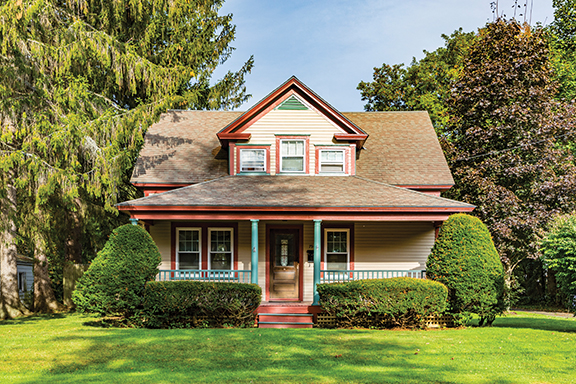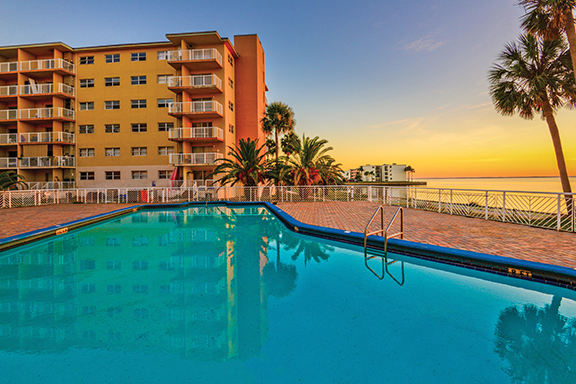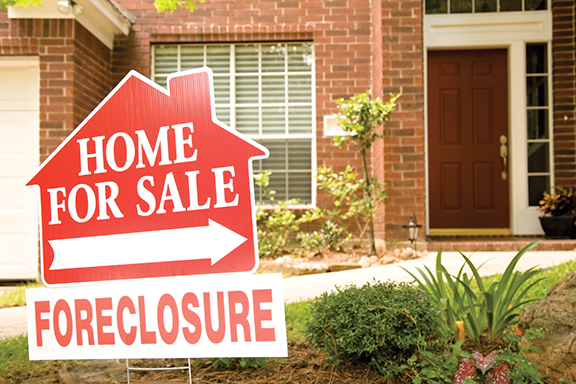Design Tips: Accent Walls
Renovating a Room With Just a Little Bit of Work by Alyssa Sprague Accent walls have become an increasingly popular way to give your home a unique and personal touch. And they can be designed to renovate any space or style. The walls can range from varying levels of difficulty as well, making it a perfect homeowner DIY project that elevates a room to a more upscale feel that fits
Read More












